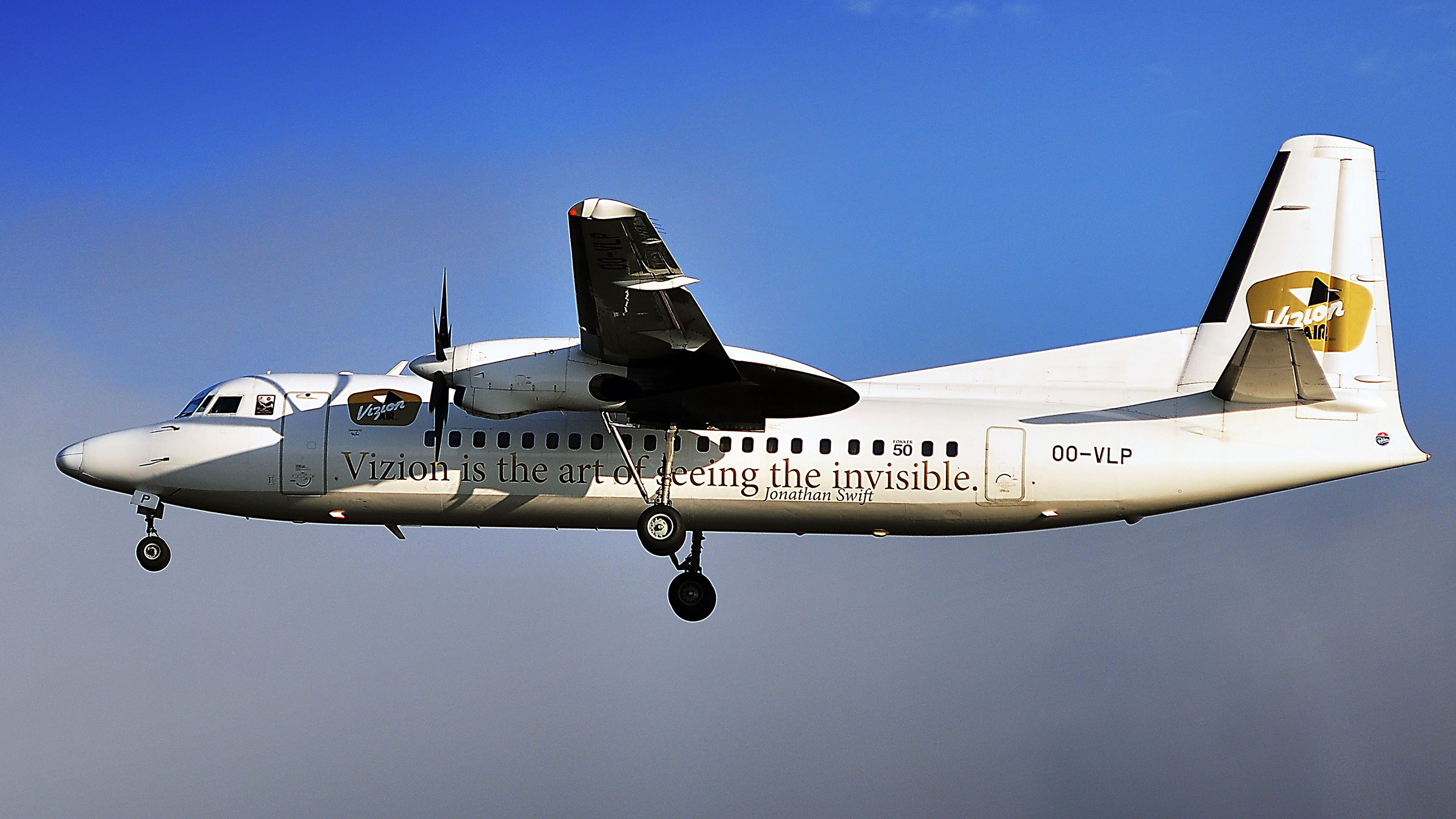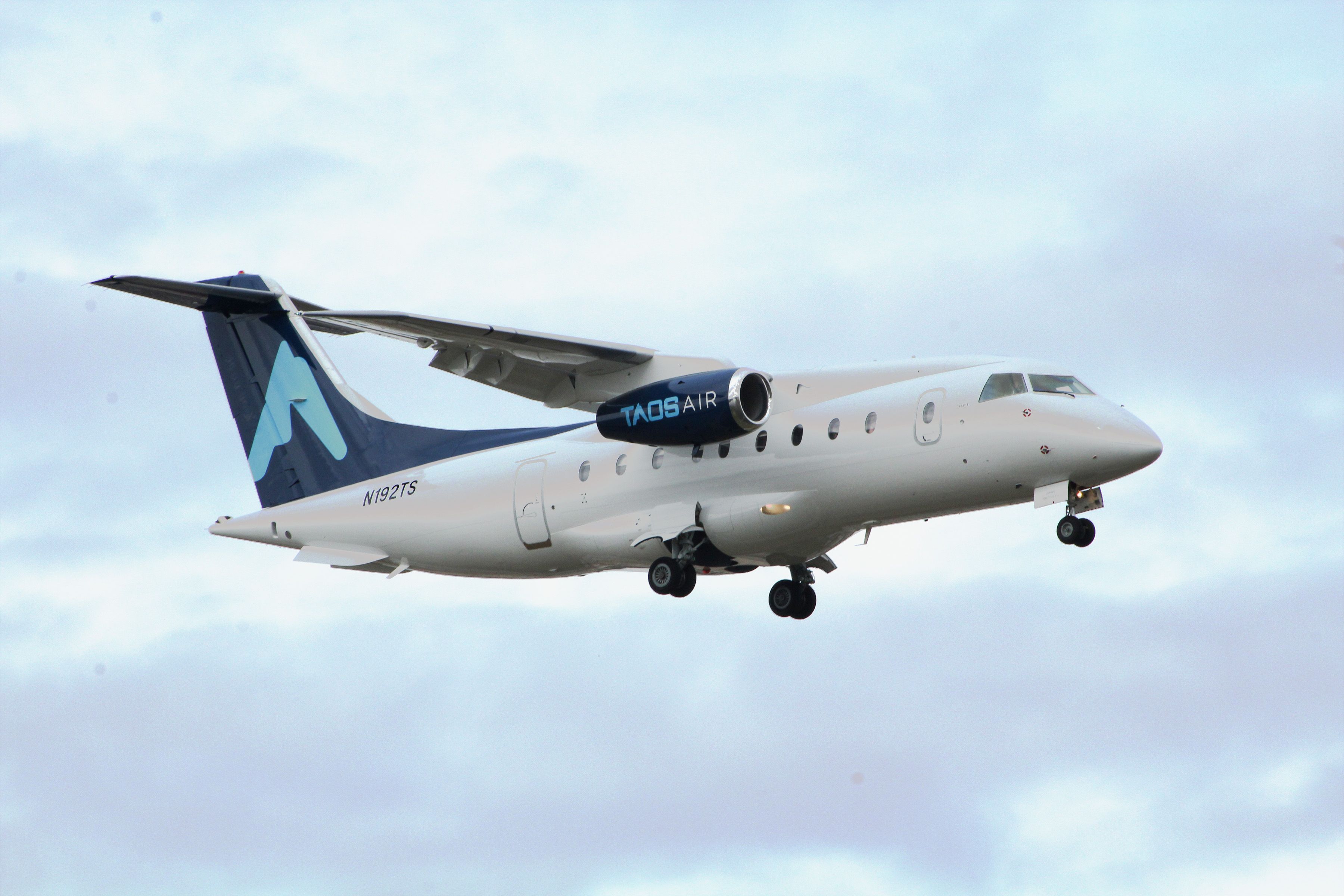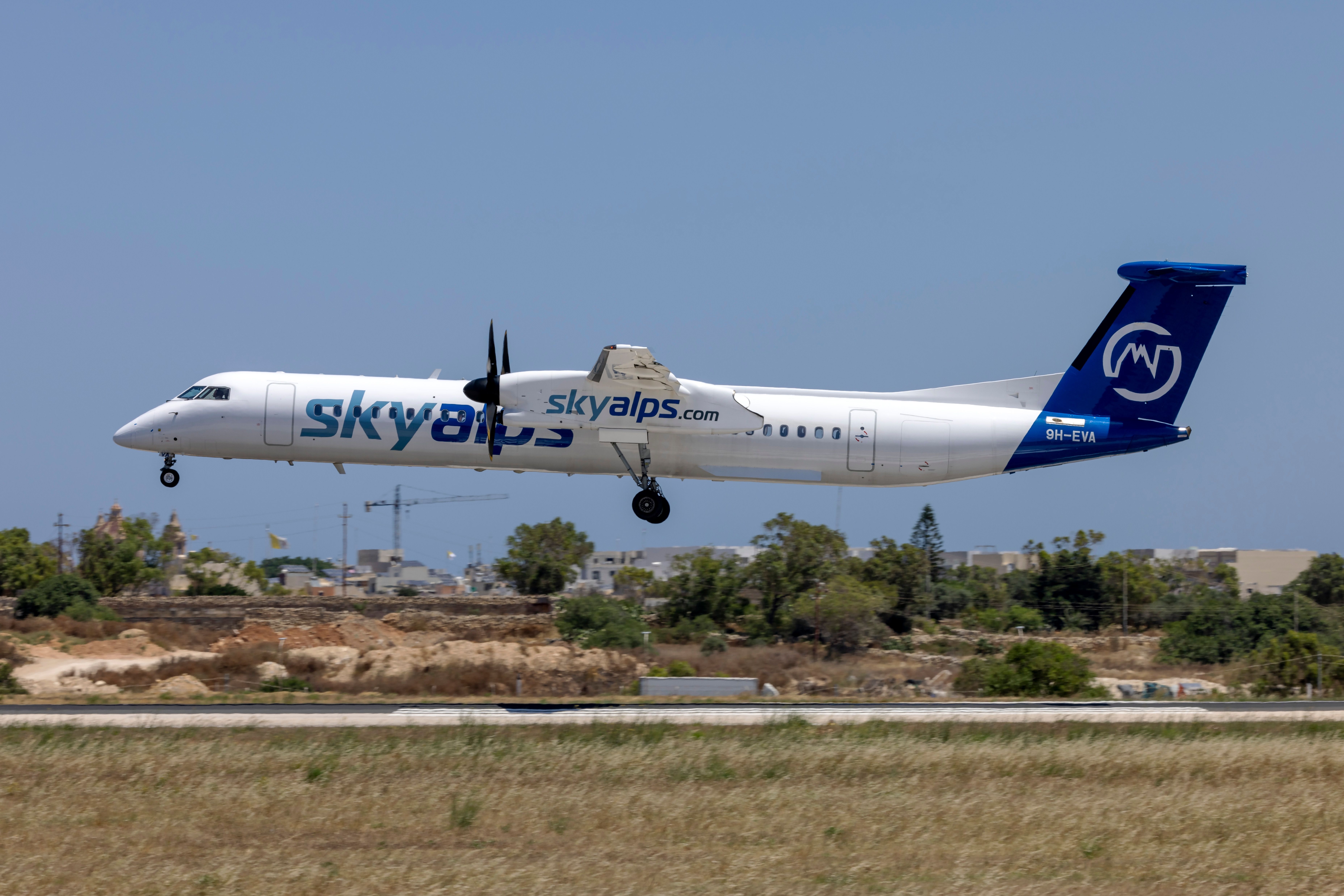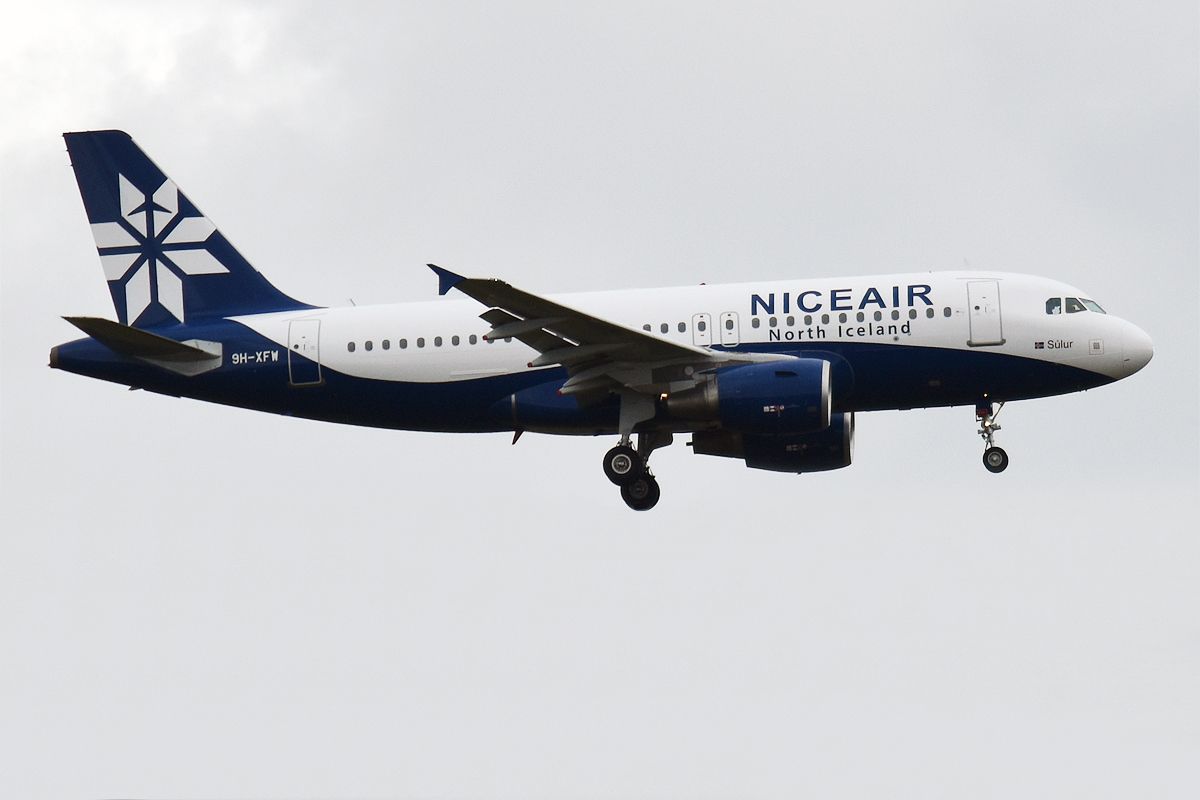It is natural to prefix the word 'airline' with a term or phrase describing the kind of service a carrier offers. Frequent examples include words like 'low-cost,' 'full service,' and 'flag carrier.' However, a less common (although equally valid) business model is that of 'virtual' airlines. Let's take a look at how this interesting category of carriers works.
What are virtual airlines?
What sets virtual airlines apart from their 'non-virtual' counterparts is that their operations rely on outsourcing. This sees the carriers in question delegate various operational aspects to different companies rather than traditionally running everything in-house. These elements can range from aircraft and crew hire to marketing.
Airlines sometimes need to be virtual due to not possessing an air operator's certificate. A way around this is to contract other carriers to operate the flights for which they sell tickets. For example, while Isle of Man-based virtual airline Manx2 was responsible for selling its own tickets, its flights were operated by Germany's FLM Aviation, with German-registered aircraft.
Get the latest aviation news straight to your inbox: Sign up for our newsletters today.
Potential drawbacks of the model
While the virtual airline model is undoubtedly interesting from an operational and economic perspective, it can't always work perfectly. Being reliant on so many different outsourced companies means more variables are at play.
Of course, they all need to function harmoniously to deliver the complete package. As such, if one aspect falls through, it can have significant knock-on impacts on the operations of the virtual airline as a whole. For example, Italian leisure startup Sky Alps had a delayed start to its operational life due to a postponed aircraft delivery.
An even worse fate befell Icelandic virtual carrier Niceair, which relied on a single Airbus A319 operated by Hi Fly Malta. The airline launched in June 2022 but would end up filing for bankruptcy less than a year later after losing access to the A319.
Over in the US, virtual carrier Taos Air has previously had trouble finding capacity - this has meant some of its popular seasonal routes were not able to go ahead due to a lack of pilot and aircraft availability.
Discover more aviation news with Simple Flying.
Another kind of virtual flying
When coronavirus began to spread rapidly worldwide in March 2020, commercial air travel was brought to a standstill. This left avgeeks unable to get their regular flight fix, and companies offered different solutions to this problem. For example, Steam launched a video game called AirplaneMode, in which players simulate being an airline passenger.
When Turkish Airlines operated a flight to mark the 101st anniversary of the country's war of independence, it sold nine million virtual tickets to allow people to partake in the celebrations from home virtually. 'Passengers' on the flight were sent commemorative boarding passes, which will become artifacts of a time when air travel stood still.
Did you know about how virtual airlines work? Maybe you've even flown with one yourself? Let us know your thoughts and experiences in the comments.




